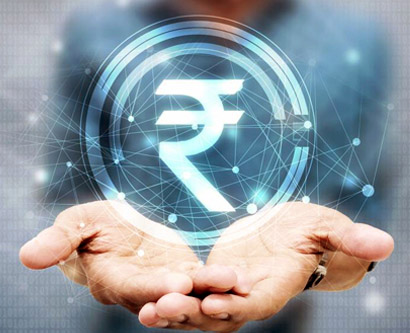Demonetization
Demonetization
Indian Prime Minister Narendra Modi on 8 November, 2016 publicly announced the central government decision to demonetize the high value currencies i.e., currency notes of Rs. 500 and Rs. 1,000 with an aim to unearth the black money, and to restraint the corruption, counterfeit currency as well as terror financing.
Demonetization refers to the ending of legal tender of any currency in an economy prevailing at that time by a competent public authority to curb the parallel or ghost economy. Demonetization is necessary (this happened when Euro was introduced) whenever there is a change of national currency. The old unit of currency must be retired and replaced with a new currency unit.
When did Demonetization Happen Before?
1946 :
Rs. 1,000, Rs. 5,000 and Rs. 10,000 notes were taken out of circulation in January 1946. The Rs. 10,000 notes were the largest currency denomination ever printed by the Reserve Bank of India, introduced for the first time in 1938. All three notes were reintroduced in 1954.
1977 :
The Vanchoo Committee (1970), a direct tax inquiry committee, suggested demonetization as a measure to unearth and counter the spread of black money.
The High Denomination Bank Notes (Demonetization) Act deemed the Rs. 1,000, Rs. 5,000 and Rs. 10,000 notes illegal for the second time. At the time, then-RBI governor I.G. Patel disagreed with the measure.
What was the Need for Such a Move?
1. The incidence of fake Indian currency notes in higher denomination has increased.
2. Unaccounted money, often used in any form of corruption or illicit deals, usually takes the form of high-value notes, which in this case are the Rs. 500 and Rs. 1,000 bills.
3. The Financial Action Task Force, a global body that looks at the criminal use of the international financial system, notes that high-value bills are used in money laundering schemes, racketeering, and drug and human trafficking.
